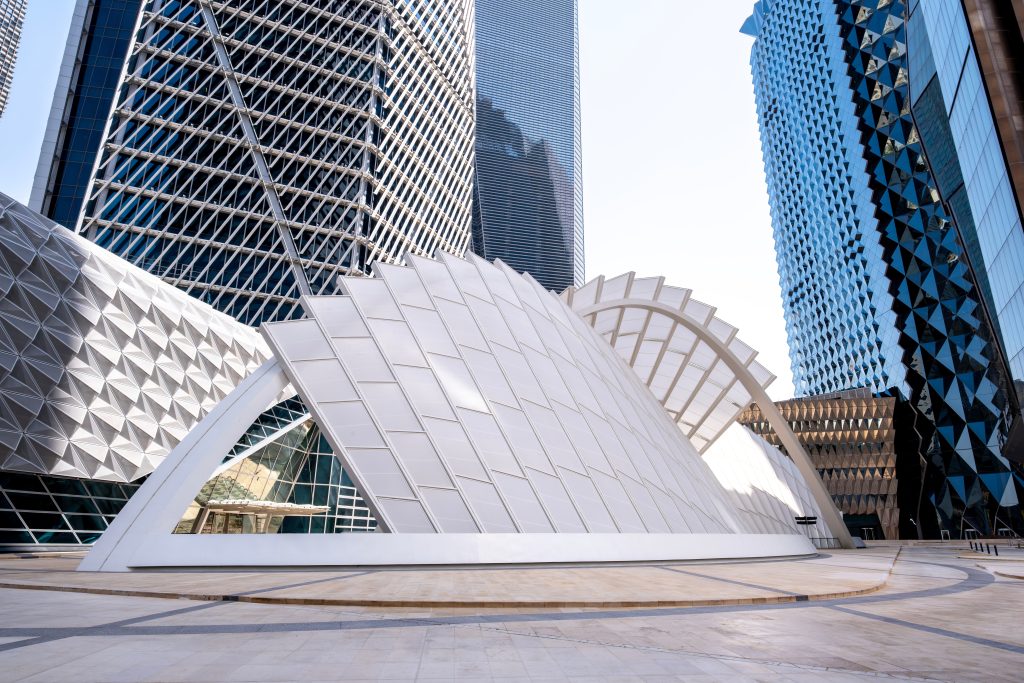Goldman Sachs highlights a significant transformation in Saudi Arabia’s investment approach, predicting a substantial influx of $1 trillion into six pivotal sectors by the end of the decade. This influx, termed a “capex super-cycle,” marks a shift in focus to non-oil industries, diverging from prior expectations.
Non-oil Sectors to Receive a Boost
Faisal AlAzmeh, the lead for CEEMEA equity research at Goldman Sachs, suggests that an estimated 73% of the expected investment will flow into non-oil sectors. This figure represents an increase from previous estimates of 66%, indicating a stronger commitment to diversifying the economy.
Industries such as renewable energy, metals and mining, transportation and logistics, and digital technology are set to benefit from the kingdom’s strategic economic diversification plans.
Clean Energy Takes the Forefront in Investment
Clean energy initiatives are poised to receive $235 billion, a significant jump from the initial $148 billion projection. Saudi Arabia’s goal to substantially expand its renewable energy capacity by 2030 is driving this increase. The kingdom now aims to reach a solar energy capacity of 100-130 GW by 2030, a revision from the former 58.7 GW target, signaling rapid advancement in its renewable energy endeavors.
Reduction in Oil Sector Spending
Conversely, oil sector investments are set to decline by $40 billion from 2024 to 2028, as directed by Saudi Arabia’s energy ministry. Nevertheless, natural gas continues to play a vital role in the nation’s decarbonization and economic growth strategies. Investment forecasts for upstream oil and gas have been recalibrated to between $190-220 billion, down from the $230-260 billion range previously predicted.
Widening the Economic Spectrum
The kingdom is also looking to bolster its mining sector as part of the larger diversification strategy. Plans are in motion to issue over 30 mining exploration licenses this year, complemented by a $182 million mineral exploration incentive program to spur increased investment. Additionally, the government anticipates investing approximately $100 billion each in the aviation sector, as well as in areas such as electric vehicles and logistics, with aspirations to establish Saudi Arabia as a premier logistics hub and global travel destination.
Financing Hurdles
Despite these ambitious plans, financing the $1 trillion capex super-cycle presents challenges. With oil prices stabilizing around $80-$85 per barrel and production capped at 9 million barrels per day, fiscal strains are mounting. Goldman Sachs Research forecasts the budget deficit to widen to 4.3% of GDP this year, an increase from last year’s 2%, due to higher expenditure coupled with reduced oil income.
Seeking Alternative Financing
To address the anticipated $25 billion annual shortfall for these initiatives, Saudi Arabia is investigating alternative financial avenues. Although bank loans have been a traditional funding source, recent trends indicate loan growth surpassing deposits, leading to a tighter liquidity situation in the banking sector. The Saudi government has actively been enhancing its equity and debt capital markets, evidenced by the Public Investment Fund’s issuance of $7.8 billion in bonds in 2024.
Economic Outlook
Despite fiscal obstacles, analysts from Goldman Sachs remain confident that the capex super-cycle will continue to be an integral component of Saudi Arabia’s economic policy, emphasizing the nation’s resolve to broaden its economic base and lessen its oil dependency.
